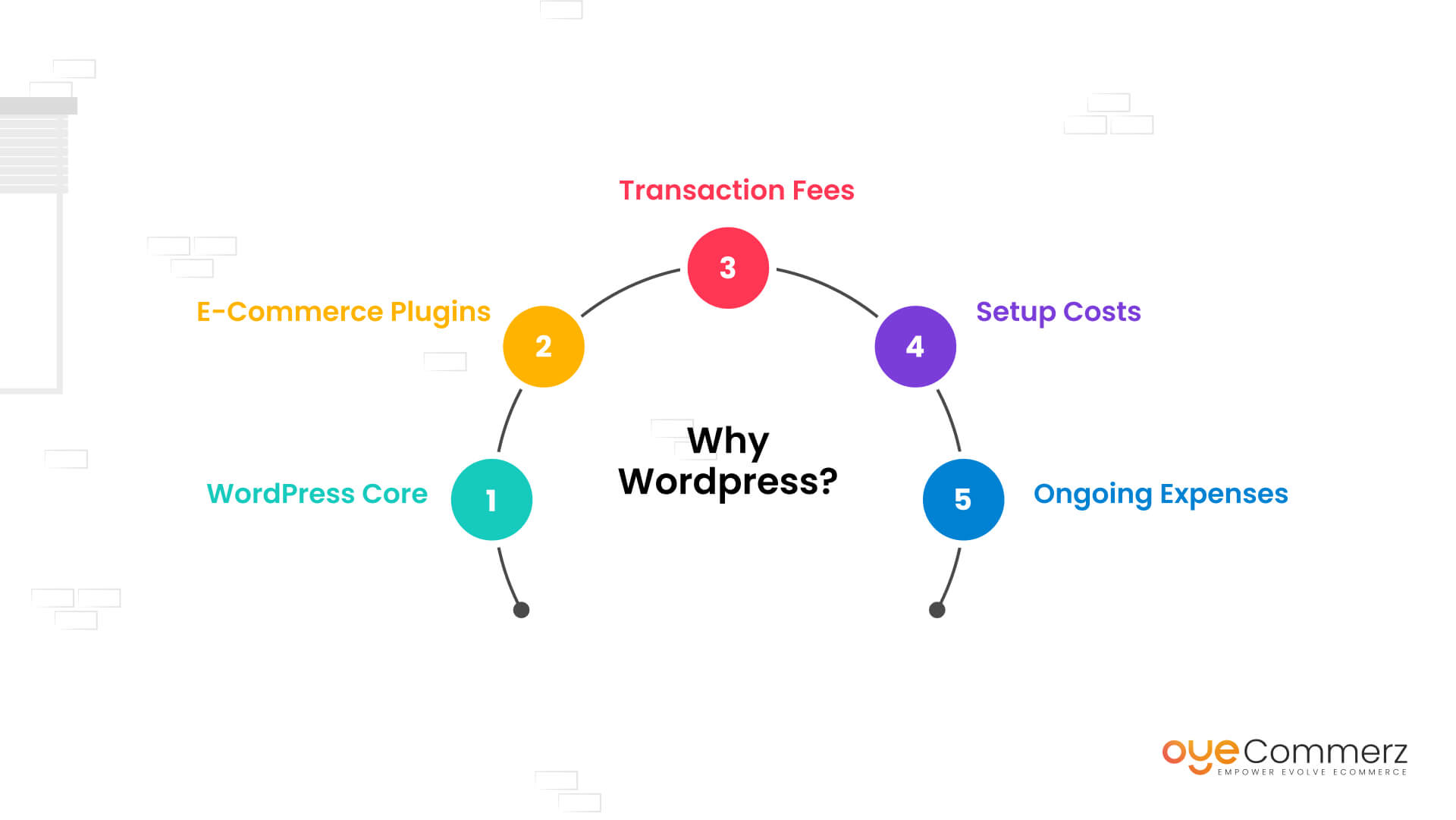Shifting from WP to Shopify is an exciting step in streamlining your e-commerce processes. As businesses grow, choosing a solution that aligns with scalability, UX, and customization is essential. Shopify has emerged as a preferred choice for online merchants, providing superior flexibility, data protection, and ease of use. In this guide, we will delve into the transformative impact of this migration, highlight the advantages, and provide actionable steps to ensure a seamless transition.
1. Top Reasons to Transition from WordPress to Shopify
WordPress, paired with WooCommerce, continues to support countless e-commerce platforms. However, as businesses scale, challenges like reliance on plugins, data risks, and technical complexities often obstruct growth. Shopify, specifically created for e-commerce, eliminates these concerns with an comprehensive, intuitive solution. Statistics supports this shift—Shopify hosts over 4.4 million websites worldwide, with a reported 10% boost to sales performance for many businesses post-switch.
2. Key Benefits of Shopify for E-commerce Success
Shopify’s robust ecosystem caters for scaling brands. Its standout features include:
- Seamless Customization: Shopify provides over 80 expertly crafted themes.
- Integrated Tools: Features like Shopify Payments and integrated SEO streamline operations.
- Global Reach: Multi-currency support and regional customization empower businesses to reach global markets.
Additionally, Shopify boasts an uptime rate of 99.98%, guaranteeing your store is always operational.
3. Getting Ready for Your WordPress-to-Shopify Transition
Before migrating, evaluate your current store. Review product data, customer details, and search engine rankings. Tools like Shopify’s Migration Kit or external tools can simplify this process. Develop a detailed strategy, ensuring all assets—item details, images, and articles—are ready for seamless import.
4. Data Migration: A Critical Step
Transferring your data is a cornerstone of a smooth platform switch. When moving from WP to Shopify, prioritize:
- Inventory Details: SKU, item summaries, and categories.
- Client Information: Emails, order history, and preferences.
- Search Engine Considerations: Preserve meta tags, URLs, and forwarding paths to avoid SEO losses.
Use tools such as LitExtension to streamline data transfer while minimizing errors.
5. Customizing Your Shopify Store
Post-migration, customizing your Shopify store helps it aligns with your business identity. Utilize Shopify’s intuitive page builder to design pages effortlessly. Shopify's templates are optimized for all devices, ensuring a seamless UX across devices—a key point, given 74% of online shopping is generated by mobile users.
6. How to Protect Your SEO Rankings When Switching Platforms
SEO is vital for maintaining your visibility during migration. Shopify excels in SEO with organized link formatting, built-in optimization tools, and smooth content Shopify data transfer services management. Ensure:
- Implement 301 redirects for existing links.
- Optimize new pages with targeted phrases.
- Use Shopify's apps Plug in SEO to track analytics post-migration.
7. Post-Migration Testing
Once the migration is complete, run detailed checks.
Check:- Website speed (Shopify delivers faster speeds in contrast with WordPress).
- Payment integration reliability and checkout processes.
- Adaptability across devices.
Testing guarantees your store provides a seamless shopping experience from the start.
8. Case Study of a Successful Migration
One such migration success story is Gymshark, a fitness apparel brand that moved to Shopify. Post-migration, the company experienced a 60% increase in mobile sales and reduced site downtime. This highlights the capabilities of Shopify in enhancing online business success.
9. Overcoming Common Migration Issues
Migration is not without obstacles, such as data integrity and reconfiguring custom functionalities. However, Shopify’s extensive assistance and Best Shopify migration services external professionals make overcoming these hurdles manageable. Partnering with qualified Shopify developers ensures a smooth transition.
10. Making the Switch: The First Step Toward Success
Switching from WordPress to Shopify represents a strategic decision to e-commerce. By addressing scalability, streamlining operations, and enhancing the customer experience, Shopify enables companies to thrive in competitive markets.
Final Thoughts
Switching from WordPress to Shopify offers a smart solution that can greatly enhance your online business performance. With a robust migration plan, the right tools, and expert support, you can unlock new success milestones.
Excited to start the journey? Reach out today to learn how our Shopify migration services can transform your online store. Get in touch today, or consider: Can your business afford to miss out on Shopify’s growth potential?

Comments on “Seamless WordPress to Shopify Migration: A Comprehensive Roadmap for E-commerce Growth”